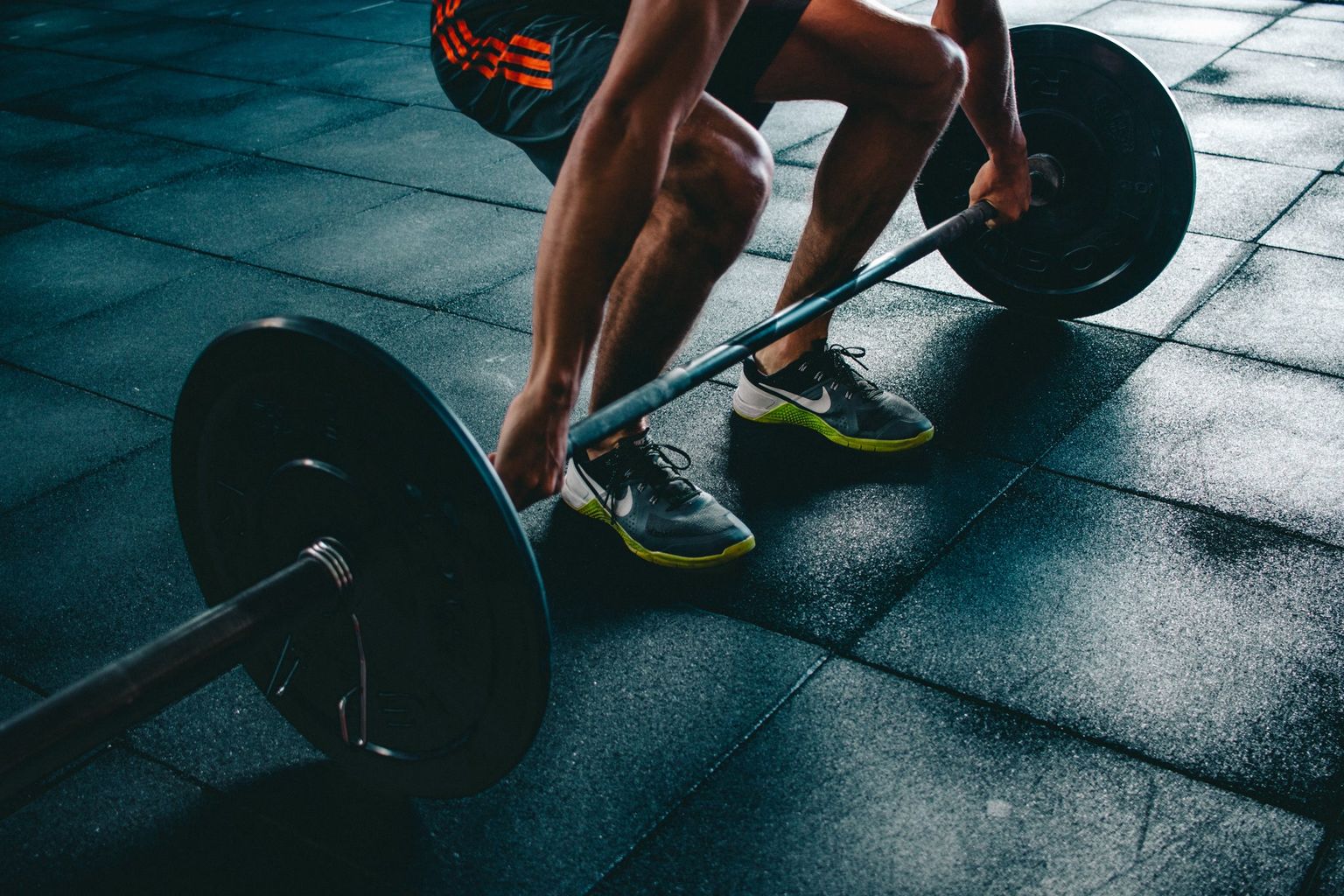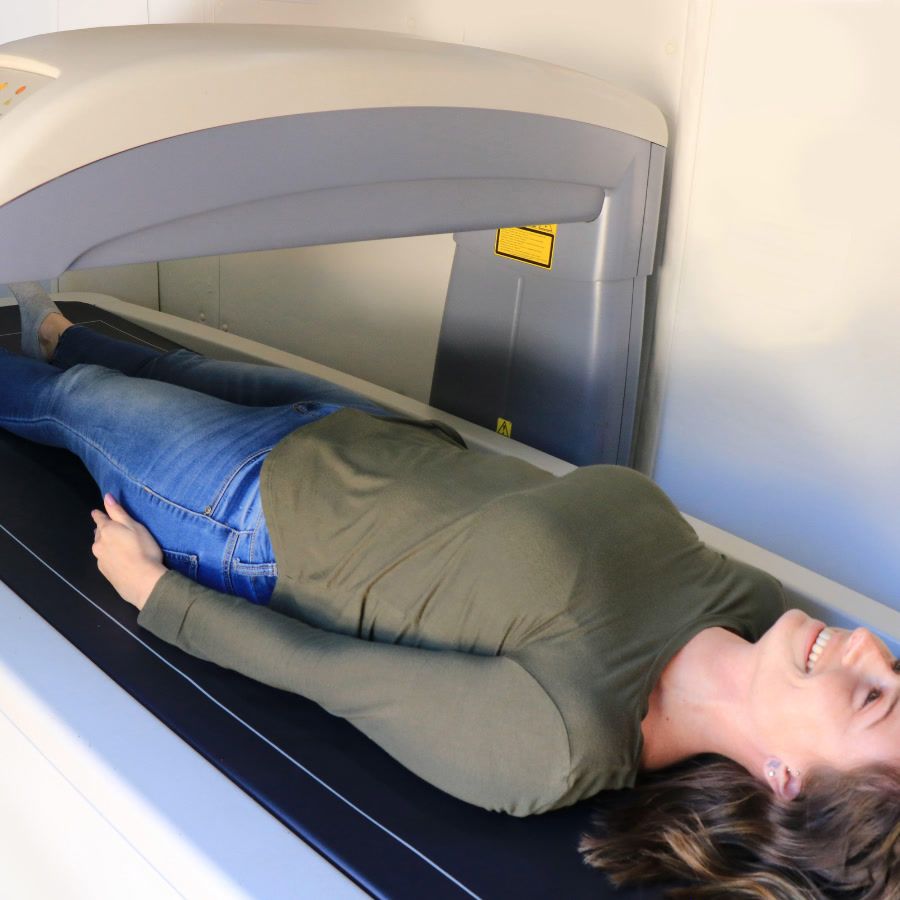30-Day Fitness Challenge Plans for Home or Gym
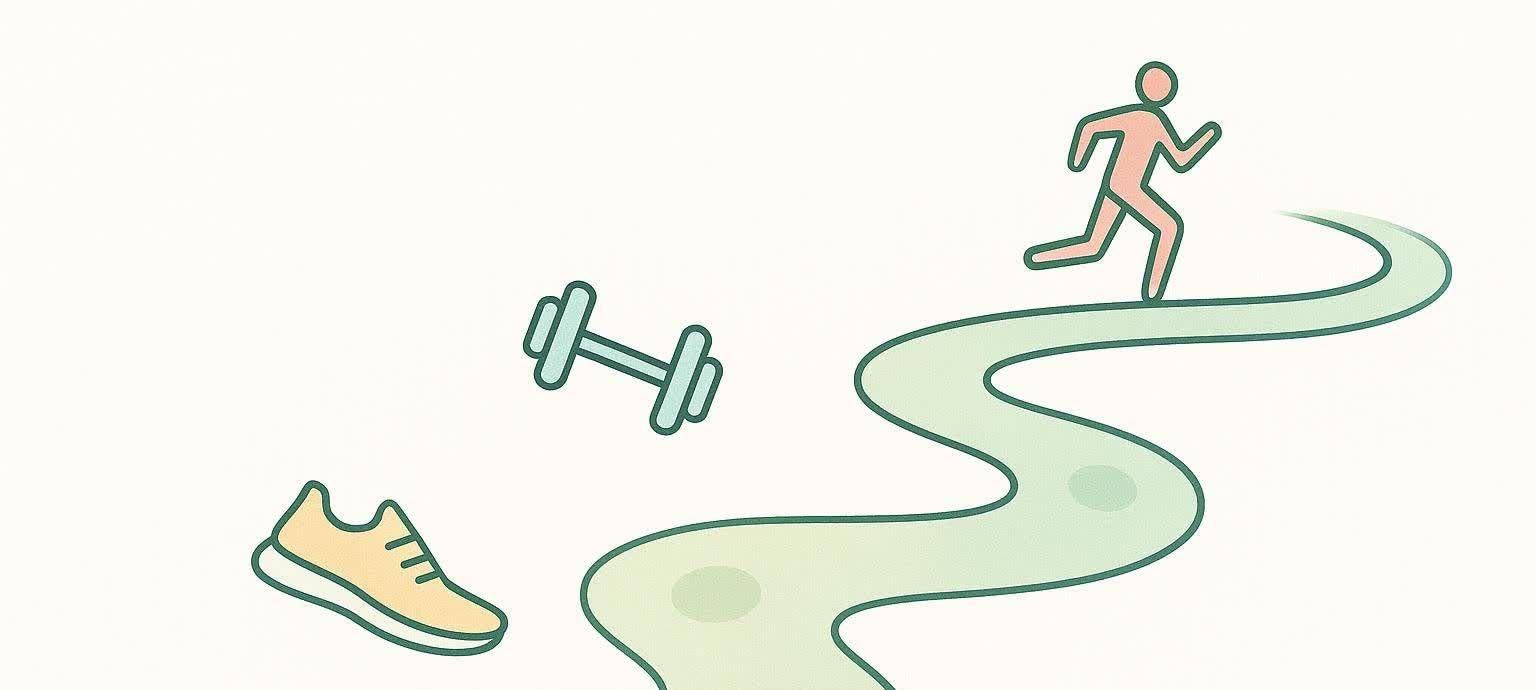
30-Day Fitness Challenge: 5 Ready-to-Use Plans for Home or Gym
Ever scroll through social media and feel inspired—yet totally overwhelmed—by all the “30-day burn” or “summer shred” posts? A well-structured fitness challenge can light a motivational fire and deliver real, measurable results—if it balances clear daily tasks, progressive overload, and smart recovery.
Below you’ll find five plug-and-play, 30-day challenges that work for beginners through experienced exercisers. Each plan offers clear daily or weekly guidance and quick explanations of any exercise that might use specialized fitness terminology. Pair any of the challenges with a BodySpec DEXA scan before and after to see exactly how your fat, muscle, and even visceral fat levels changed—not just what the scale alone reveals. Learn more about BodySpec DEXA scans.
How Does a Fitness Challenge Work?
Quick answer: It’s a time-boxed program—usually 2–6 weeks—featuring specific daily or weekly goals (workouts, step counts, hydration targets, etc.) meant to create healthy habits and visible progress.
Why the 30-day sweet spot?

Long enough to see and feel progress but short enough to keep motivation high. Many programs use one-month blocks because they’re easy to schedule and measure.
- Easy calendar fit: one month, no mental math.
- Provides two chances for measurement (Day 1 vs. Day 30) without feeling like a long-term commitment.
Science break: The American College of Sports Medicine recommends at least 150 minutes of moderate or 75 minutes of vigorous activity per week plus two strength sessions for adults to improve overall health (ACSM physical activity guidelines). These challenges are designed to significantly boost your activity levels. When combined strategically—such as adding brisk walks or cycling to strength-focused plans or sprinkling body-weight strength moves into your step-based challenge—they help you work toward meeting or exceeding those baselines.
Choose Your Challenge: 5 Ready-to-Go 30-Day Plans
Copy the schedule into your journal or favorite tracker, check off each day’s target, and watch the streak build.
1. Bodyweight Strength Builder (No Equipment)
Great for: Apartment dwellers, travelers, or anyone starting from zero equipment.
How the Progression Works
You’ll train three days per week—Monday, Wednesday, and Friday—to let your muscles recover between sessions.
The table below shows the per-session targets for push-ups, squats, and your longest plank hold. Simply do the listed numbers on each training day for that week.
| Week | Push-Ups (per session) | Squats (per session) | Longest Plank Hold |
|---|---|---|---|
| 1 | 3 sets × 5 reps | 3 sets × 10 reps | 30 s |
| 2 | 3 × 8 | 3 × 15 | 45 s |
| 3 | 3 × 10 | 3 × 20 | 60 s |
| 4 | 3 × 12 | 3 × 25 | 75 s |
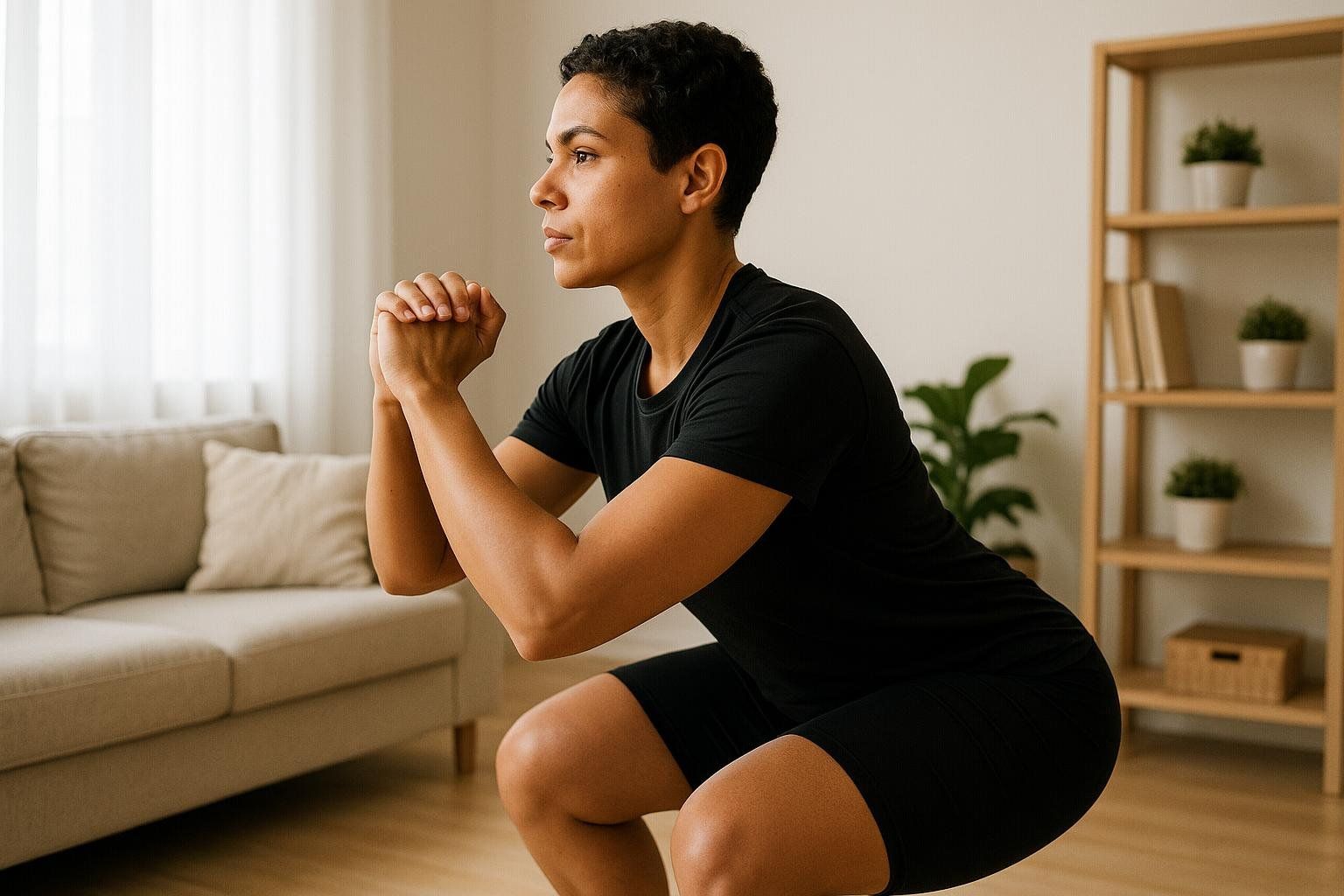
Daily Flow (approx. 20 minutes)
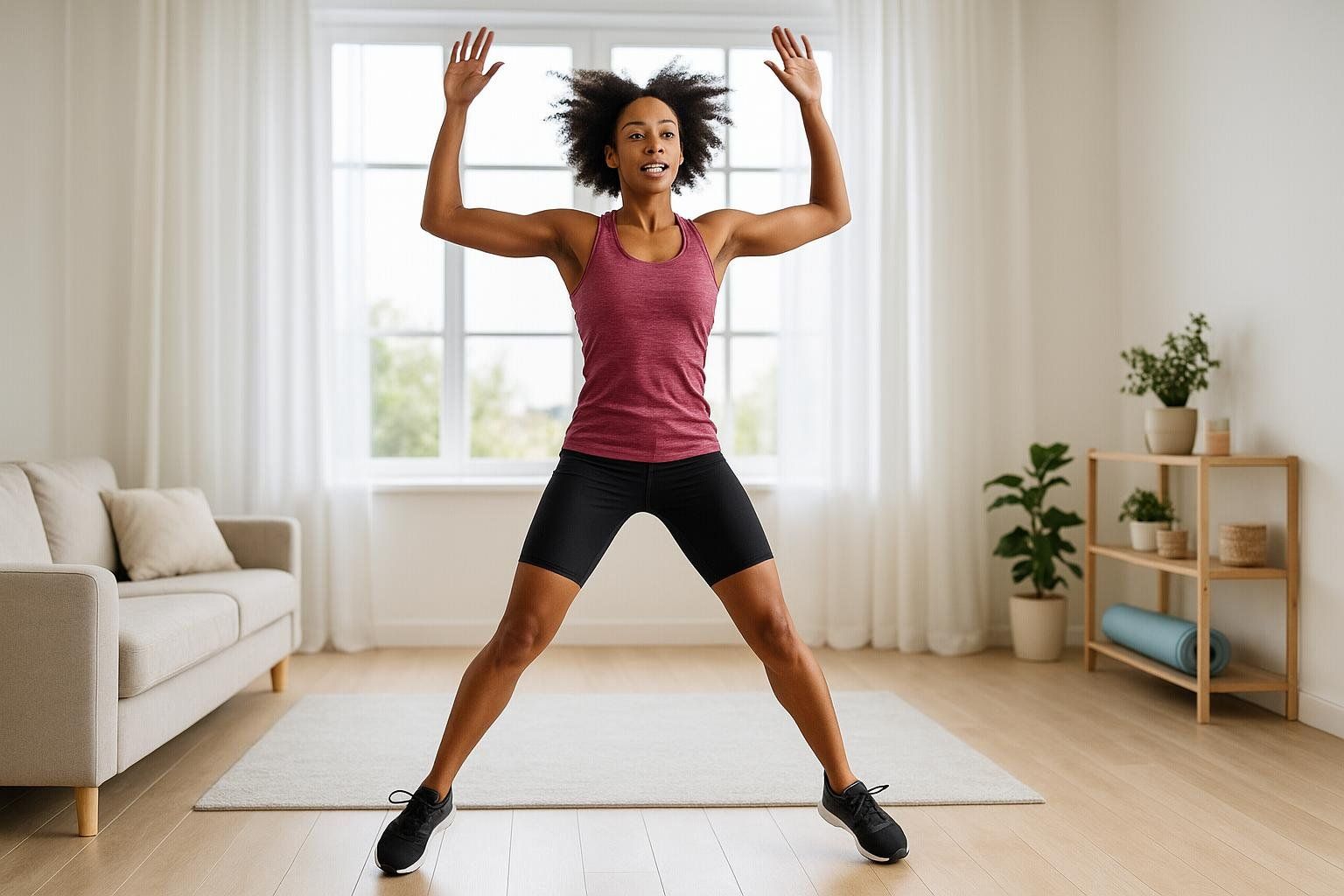
- Warm-up: 2 min jumping jacks + dynamic stretches.
- Strength Sets: Complete the push-ups and squats listed for the week, resting 30–60 s between sets.
- Core Finisher: Hold the plank for the week’s target time. On the final training day (Day 30), go for a max plank hold to measure your progress.
- Cool-down: 3-min lower-body stretch.
Weekly Totals—What Success Looks Like
Repeating the session three times per week produces:
- Week 1 → 45 push-ups & 90 squats.
- Week 4 → 108 push-ups & 225 squats.
Accountability Tip: Post your Day 1 and Day 30 max push-up numbers in a private group chat for friendly competition.
2. Core & Mobility Mash-Up
Great for: Desk workers fighting tight hips and lower-back aches.
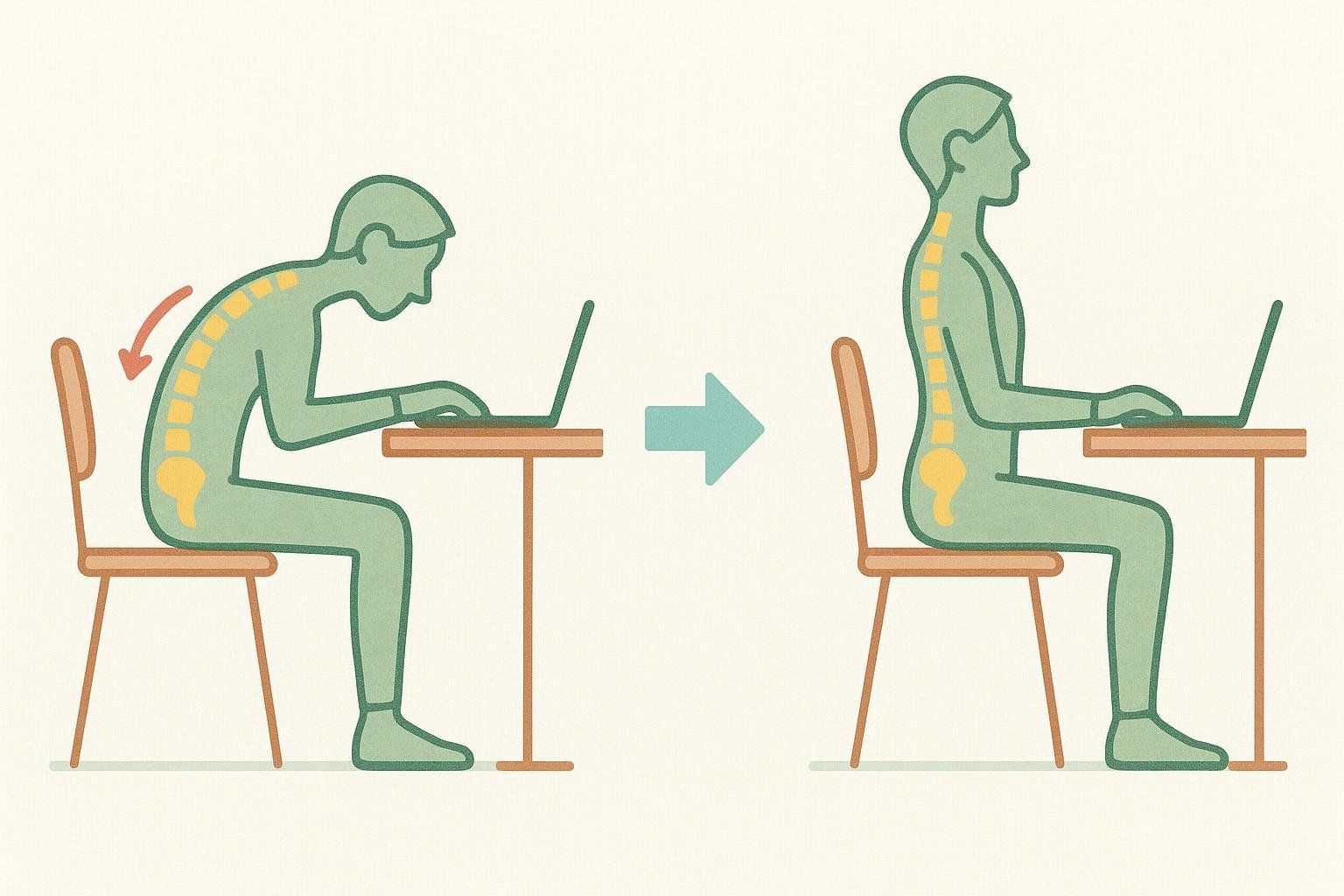
How to use this challenge: Set two timers—one for core work and one for mobility—using the durations in the Week-by-Week Timers table. Perform the Daily Exercise Schedule below on a continuous loop until your timer beeps, then switch to the second block.
Week-by-Week Timers
| Week | Core Timer | Mobility Timer |
|---|---|---|
| 1 | 6 min | 6 min |
| 2 | 8 min | 8 min |
| 3 | 10 min | 10 min |
| 4 | 12 min | 12 min |
Daily Exercise Schedule (5 days per week)
| Day | Core Circuit (loop for time) | Mobility Flow (loop for time) |
|---|---|---|
| Mon | 30-s forearm plank → 10 bird-dogs/side | 60-s world’s-greatest stretch → 60-s deep-squat hold |
| Tue | 3 × 10 dead-bugs → 10 glute bridges | 3-min hip-opener sequence |
| Wed | 30-s side plank/side → 20 bicycle crunches | 2-min thoracic-spine openers |
| Thu | Repeat Mon | Repeat Mon |
| Fri | 3 × 10 reverse crunches → 30-s hollow hold | 3-min hamstring & calf stretch |
| Sat | 20-min brisk walk | — |
| Sun | Rest | — |
Why it works: Core endurance and joint mobility lower injury risk and improve movement quality for other workouts (ACSM position stand).
Pair this challenge with two 30–45 min brisk walks or bike rides each week to meet ACSM cardio guidelines.
3. 10 K Daily Steps Tracker
Great for: Anyone with a smartwatch or pedometer—and corporate wellness groups.
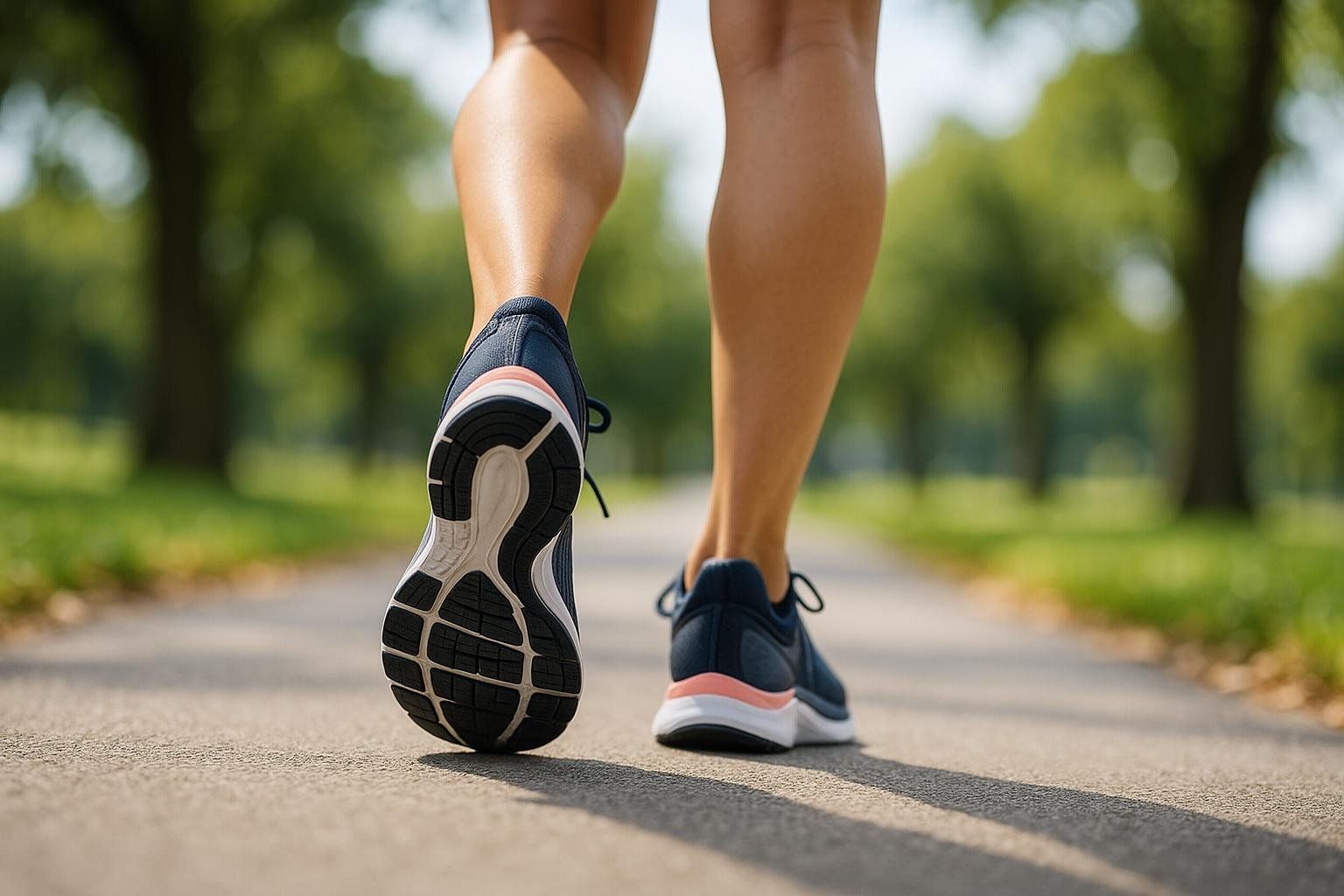
Your marching orders are blissfully simple: walk the listed steps every single day.
| Week | Daily Step Goal | Bonus Move |
|---|---|---|
| 1 | 7 000 | 5-min stretch before bed |
| 2 | 8 000 | 10 squats every 2 000 steps |
| 3 | 9 000 | 30-s plank every 3 000 steps |
| 4 | 10 000 | Schedule one “walking meeting” per workday |
Accountability Tip: Screenshot your step total nightly to your team Slack channel.
Context: Older adults see mortality risk drop at 6 000–8 000 steps/day (CDC data on physical activity benefits). Hitting 10 K keeps you well above the minimum.
Add two brief strength sessions from Challenge 1 or body-weight moves (push-ups, lunges, planks) to meet the ACSM strength component.
4. Full-Body Circuit (Dumbbells or Bands)
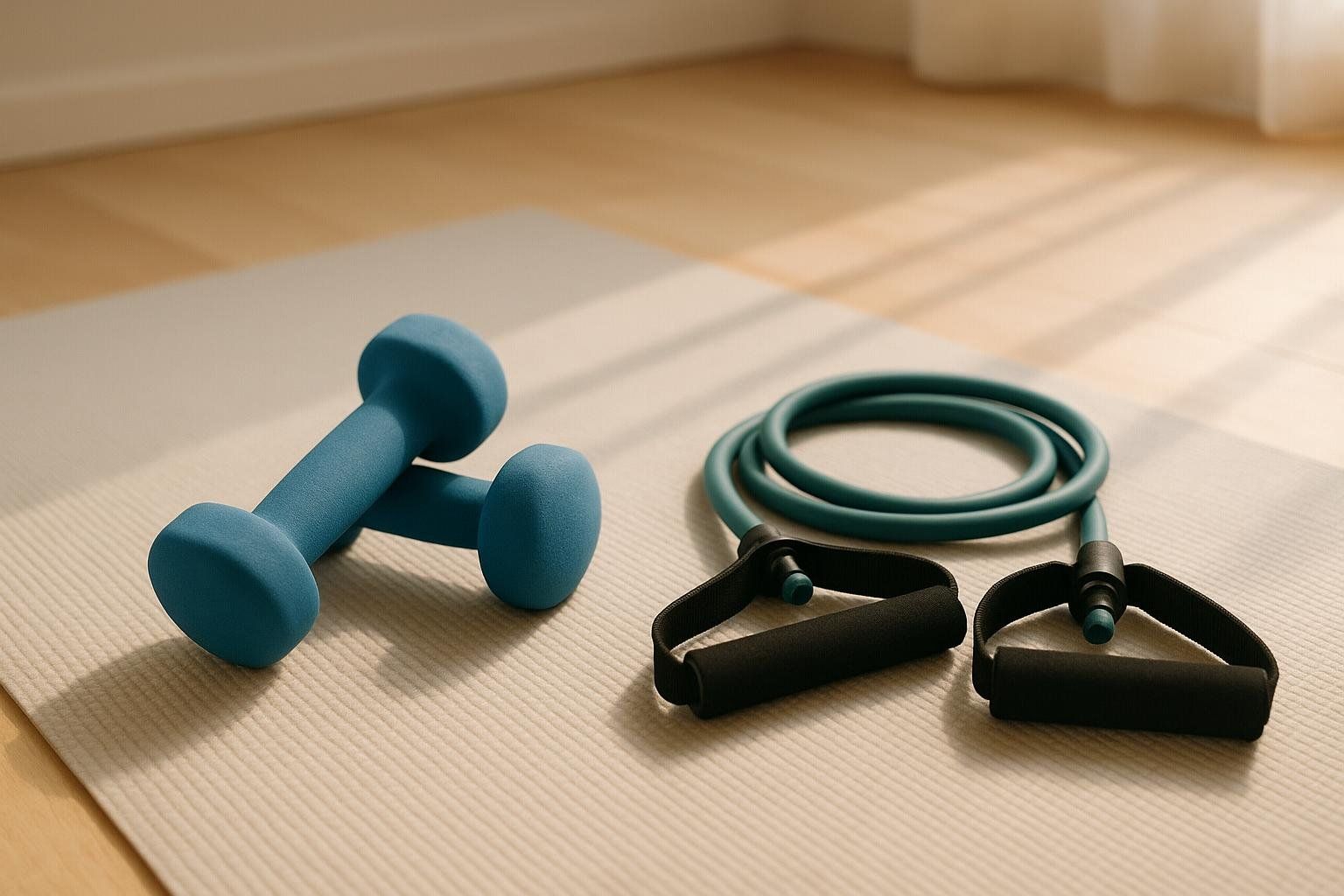
Great for: Home-gym users with limited gear, or gym-goers who prefer circuits over split routines.
Each workout lasts 18–30 minutes depending on rounds. Train 3 days per week (e.g., Mon-Wed-Fri). The circuit’s brisk pace elevates heart rate, serving as both strength and cardio.
| Week | Rounds | Work : Rest | Load |
|---|---|---|---|
| 1 | 3 | 40 s : 20 s | Light-moderate |
| 2 | 4 | 45 s : 15 s | Moderate |
| 3 | 4 | 50 s : 10 s | Moderate-heavy |
| 4 | 5 | 50 s : 10 s | Moderate-heavy |
Daily Workout Steps
- Pick one exercise from each category below:
• Lower-body push (e.g., goblet squat)
• Lower-body hinge (e.g., Romanian deadlift)
• Upper-body push (e.g., dumbbell overhead press)
• Upper-body pull (e.g., bent-over row)
• Core (e.g., mountain climbers)
• Conditioning (e.g., jump rope or burpees) - Perform them in the circuit order for the prescribed rounds and work-rest intervals.
- Cool down with a 3-min stretch.
5. Team “Steps & Smiles” Corporate Challenge

Great for: HR reps or gym managers looking to engage a group.
| Metric | Goal | Tracking Method |
|---|---|---|
| Daily steps | Avg 8 K per employee | Wearables synced to shared leaderboard |
| Weekly “Wellness Win” | 1 pt for meditation, hydration, sleep, or class | Self-report in Google Sheet |
| Charity bonus | +5 pts per 100 000 team steps | Company donates to charity |
Daily Checklist for Participants
- Hit the step target.
- Log one Wellness Win.
- Encourage a teammate (drop an emoji or comment on the leaderboard).
Setup Checklist for Organizers
- Create 5-person pods.
- Email rules & calendar.
- Offer a midpoint pop-up with mini-prizes (coffee cards).
- Book BodySpec mobile scan truck for Day 0 and Day 30 to provide objective, excitement-boosting metrics. See how corporate events work.
Participants can weave in two 10-min body-weight circuits per week to satisfy the ACSM strength guideline.
Exercise Quick-Guide
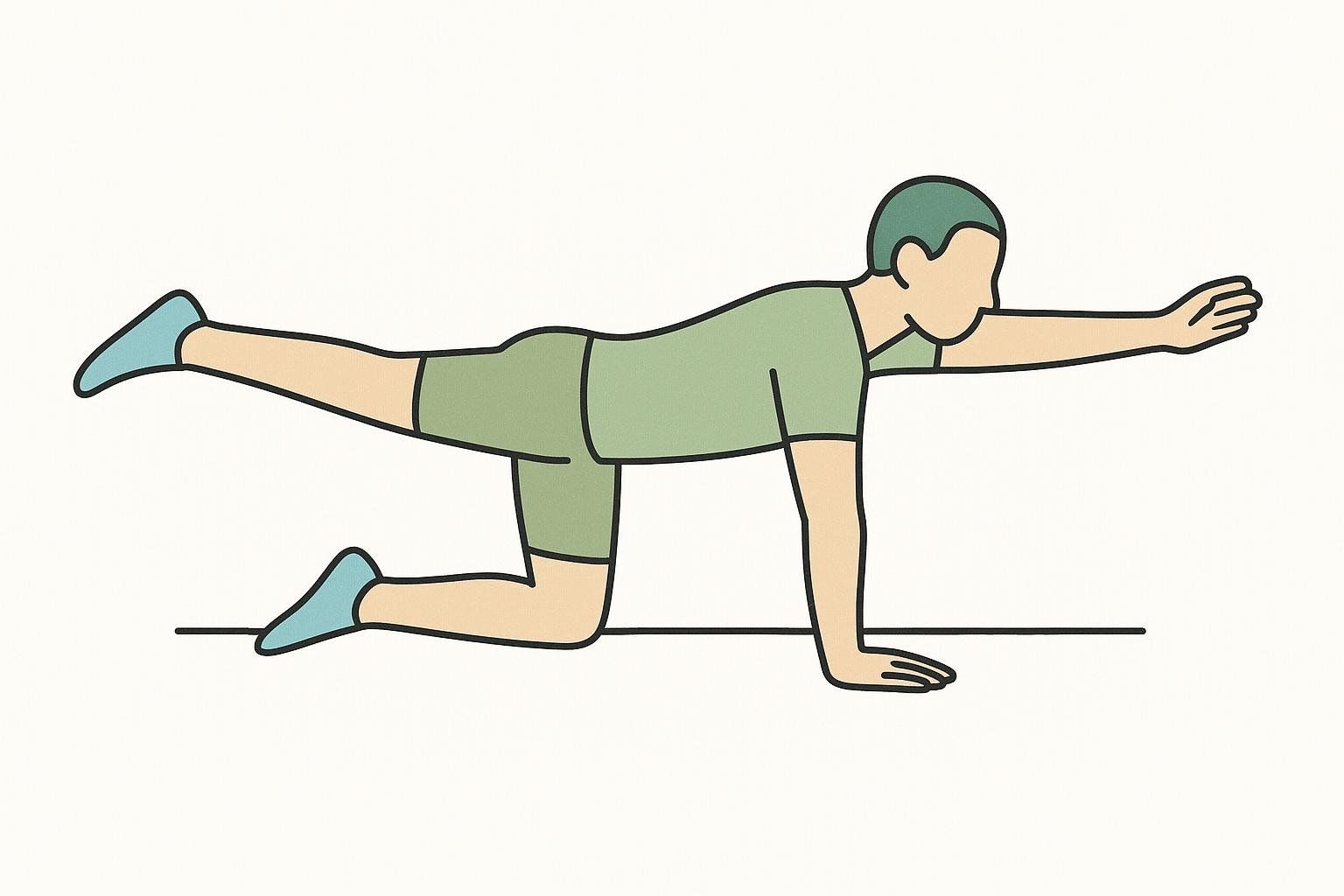
- Bird-Dog: Start on hands and knees. Extend right arm forward and left leg back, keeping hips level. Hold 1 s, switch sides.
- Dead-Bug: Lie on back, arms above shoulders, knees bent 90°. Lower opposite arm and leg toward floor without arching back.
- World’s-Greatest Stretch: From lunge, elbow drops inside front foot, then rotate same arm skyward.
- Goblet Squat: Hold a dumbbell or kettlebell at chest, squat until thighs are parallel to the floor.
- Romanian Deadlift: Hinge at hips with soft knees, slide weights down thighs until you feel a hamstring stretch, then stand tall.
- Dumbbell Overhead Press: Press dumbbells from shoulder level to straight overhead while standing.
- Bent-Over Row: Hinge at hips, keep back flat, pull weights toward ribcage.
- Mountain Climber: From plank, drive knees alternately toward chest like running in place.
If you’re brand new to strength movements, read our primer on Strength Training for Beginners.
How to Track Progress Like a Pro
| Method | What It Shows | Pros | Cons |
|---|---|---|---|
| Scale weight | Total body mass | Cheap & quick | Doesn’t reveal what changed |
| Tape measurements | Circumference changes | Low-tech, localized fat-loss clues | User error high |
| Wearable metrics | Steps, heart rate, calories | Continuous data | Accuracy varies |
| DEXA scan | Fat vs. lean mass, bone density, visceral fat | Gold-standard accuracy, motivational fuel | Requires appointment |
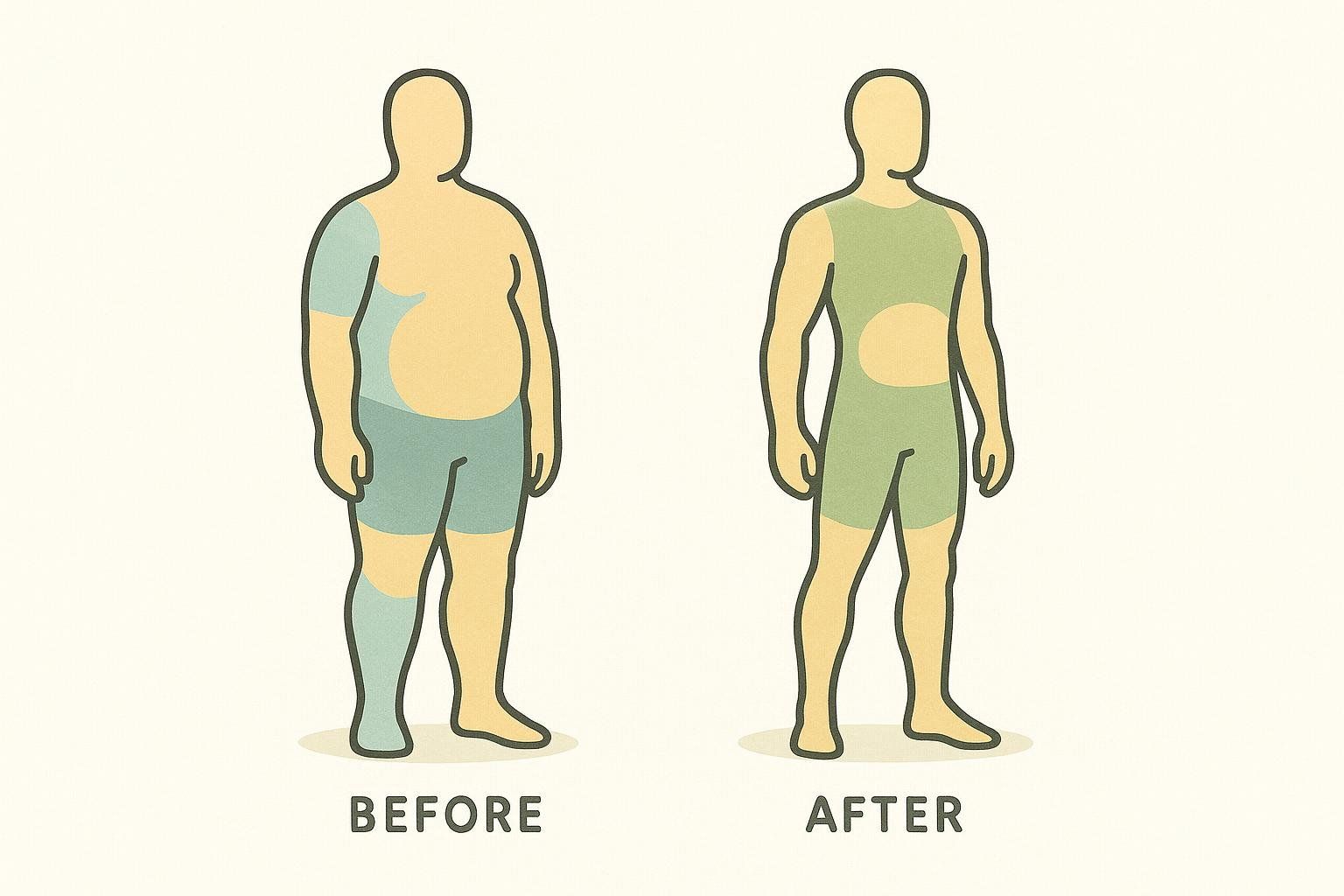
Scheduling a pre- and post-challenge DEXA scan gives you a crystal-clear look at body-composition shifts—sometimes even when the scale barely moves. Book in under 2 minutes: Find a DEXA scan near you.
FAQs About Fitness Challenges
How many rest days should I take during a 30-day challenge?

Most plans above include at least 1 full rest day per week. Recovery is when your muscles repair and grow stronger—skipping rest can stall progress and raise injury risk. For more on smart downtime, read The Importance of Rest Days and Active Recovery.
Can beginners really finish these challenges?
Absolutely. Each plan starts at or below public-health minimums and scales up gradually. If you have medical concerns, clear any new program with your healthcare provider first.
What if I miss a day?
Life happens. Simply pick up the next scheduled day—don’t double-up intense sessions back-to-back. Consistency over 30 days matters more than perfection.
Should I pair nutrition changes with the challenge?
Nutrition amplifies results. Aim for lean protein, colorful produce, and adequate hydration. Our guide on Meal Prepping: Strategies for Success offers practical tips.
Ready, Set… Challenge!
Pick the plan that fits your lifestyle, copy the schedule, and mark Day 1 on your calendar. Want the most motivating progress marker? Scan with BodySpec before you start and again on Day 30 to see the real story beneath the mirror.
Your 30 days start now—see you on the other side!
